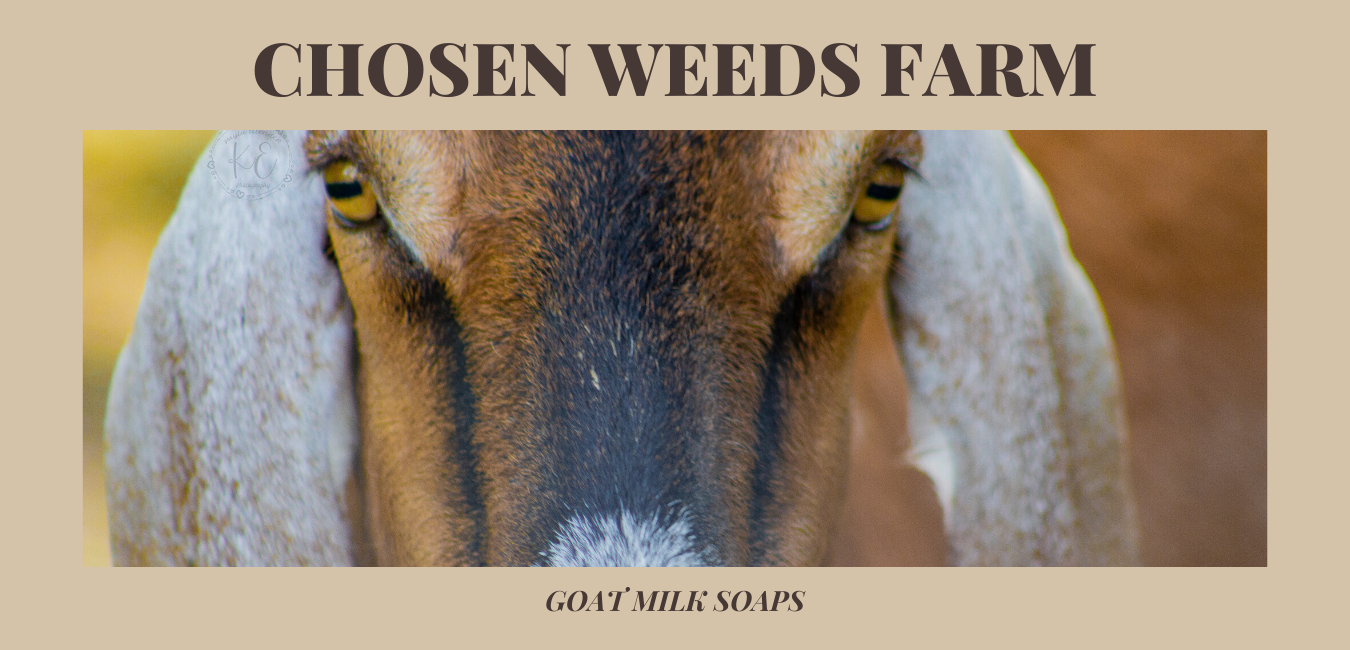
Google companion planting and you will come up with a myriad of options that are supposed to repel harmful insects, increase fruiting, protect from disease, make fruits and veggies taste better, and much more.
People have asked me before about companion planting and if I think is works.
Well……Some of these techniques work, but honestly, a lot of the YouTube videos and blogs post are just gobbley goop of mystical, magical plant pairings where the plants are supposed to be friends.
But something deep inside me was telling me that there has to be a way to help my plants out. After all, a variety of plants in the garden is supposed to lead to resilience.
So, this year I have taken a deep dive into companion plants that will actually work. I wanted to share what I have learned and what I will be doing this year.
6 Companion Plants for Tomatoes and Why They Work
- Marigold flowers (especially French Marigold) are toxic to root knot nematodes. These nematodes are especially prevalent around here because we have hot summers and short winters. The nematodes are round worms that live in the soil and will destroy plants by feeding on the root cells. The nematodes invade the marigold roots in the same way they invade a tomato root. The difference is that once the nematode is inside the marigold root, the natural nematicides (compound produced by marigolds) of the plant kills the nematode and prevent it from breeding. Marigolds will also attract beneficial, predatory wasps. These wasps will lay eggs on insects like the tomato horn worm. Once the eggs hatch, they consume the larvae alive.
- Alliums are onions, garlic, and chives. These plants repel red spider mites. By the time it’s time to plant tomatoes, it’s too late for garlic, however you can still plant chives and onions in and around the tomato plants.
- Peppermint-The strong smell of all the mint family repel insects and rodents. Make sure that you plant these in pots around your tomatoes so that they do not become invasive.
- Parsley can help almost every plant in your garden. It attracts hover flies that will eat aphids and the Swallow Tail Butterfly will lay its eggs on parsley.
- Basil seems to be the quintessential plant to pair with tomatoes. One of the arch nemesis of the tomato plant it the tomato horn worm. The horn worm is the larval stage the hawk moth. They will lay their eggs on the leaves. The tomato hornworm emerges and strips the leaves from your plant. The smell of basil will actually confuse the hawk moth. You see, the moth is attracted to the smell of the tomato plant. It can’t find the plants and thus won’t lays eggs.
- Cow Peas/Blackeyes peas is the one plant I am most excited to try this year. That is because squash/shield bugs love them more than tomato plants. This is considered a trap crop that attracts the stink bug before it attack other crops. Every year when June hits, my tomato plants are hit by these nasty bugs with their piercing mouth parts that suck all the life out of the tomatoes. But this year I have a weapon against them. The peas will have to be sprayed with soapy water to remove insects. Handpick or use a shop vac to suck up any that are found and destroy (insert evil laugh).
Want to learn more about planting and homesteading? Join me for my next Family Homesteading Class on March 25, 2023. Sign up for the waiting list HERE.
